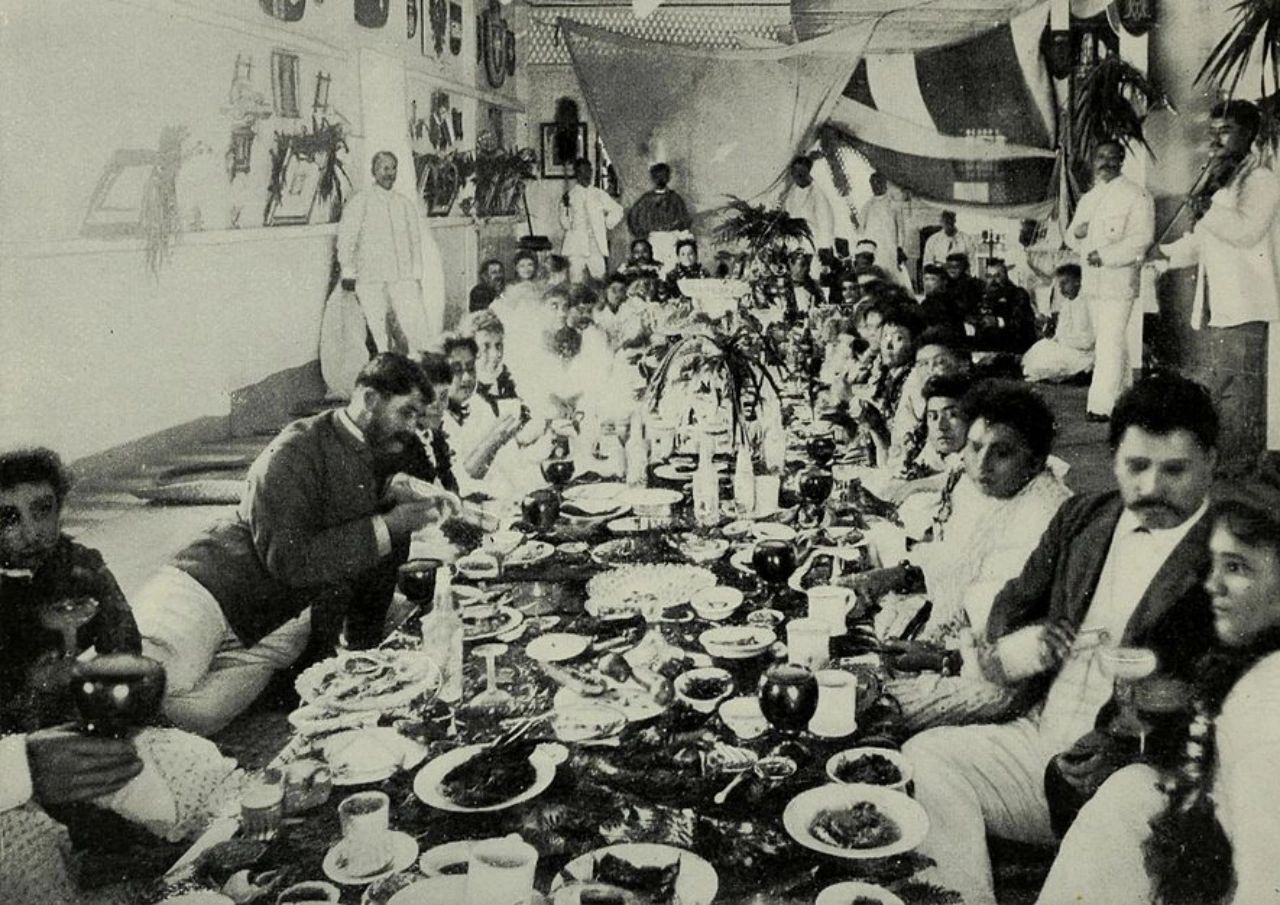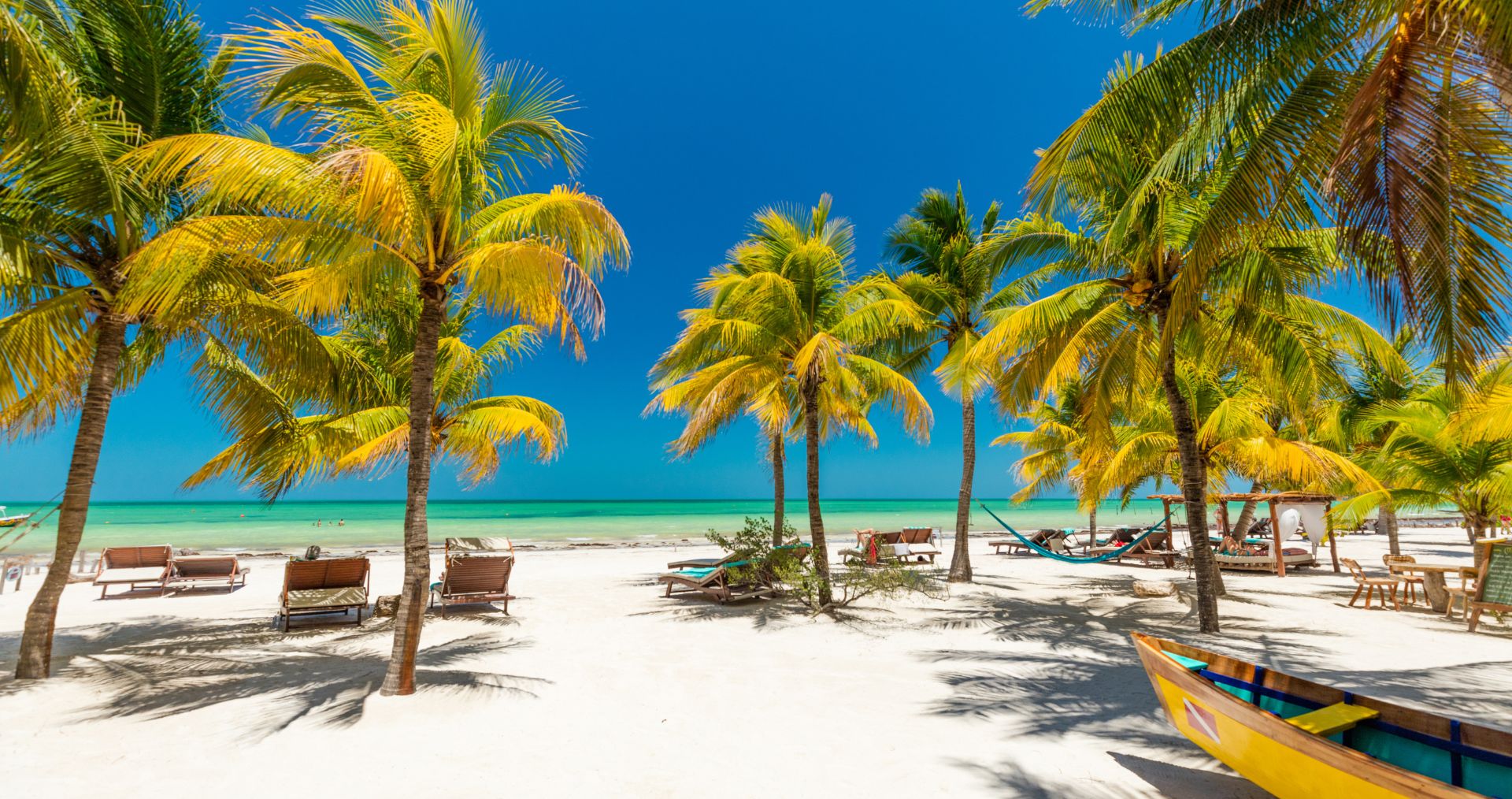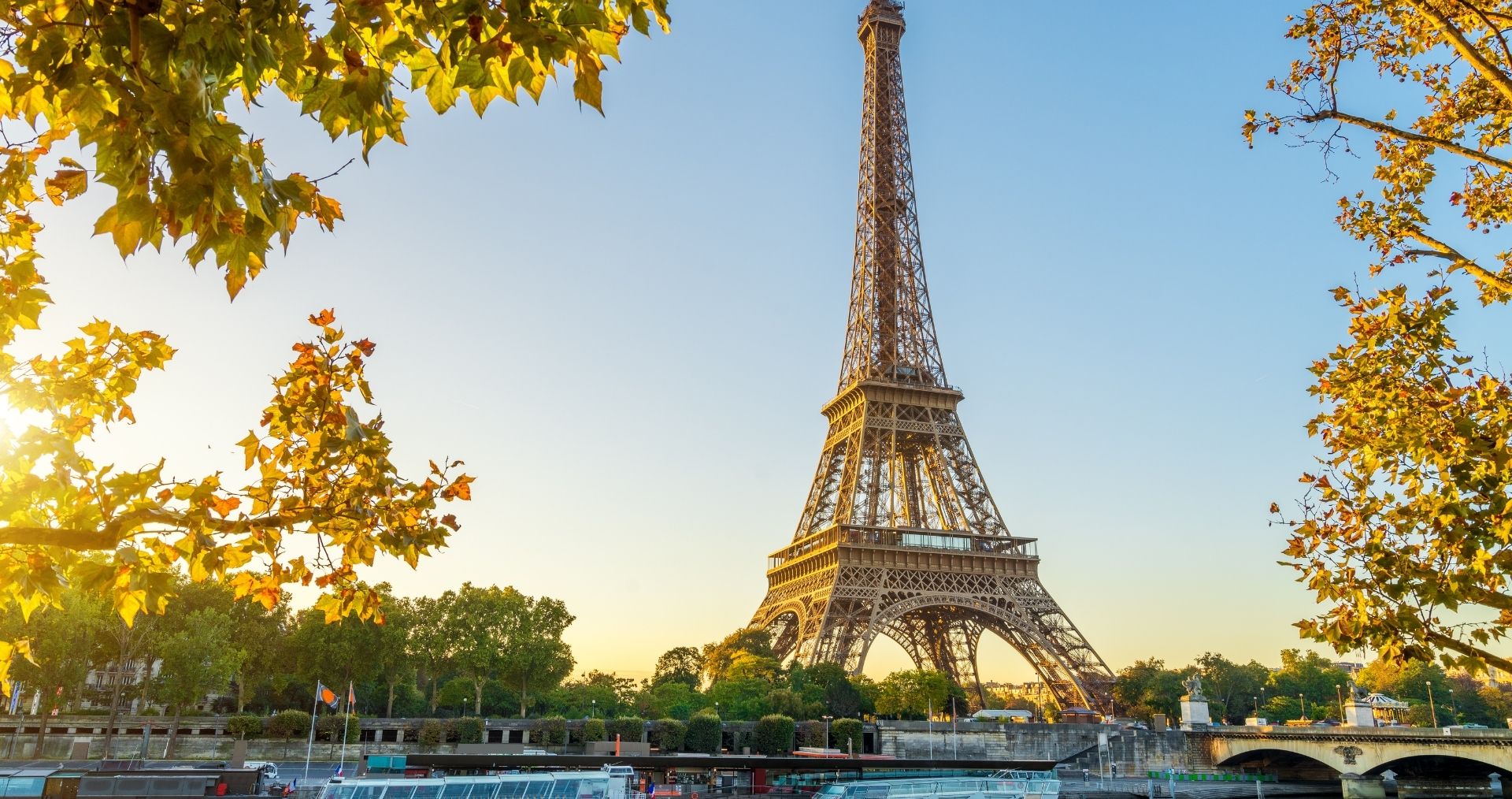A Hawaiian Luau is a large, lavish traditional meal, in celebration of a joyful and significant event. It brings together family, friends and other guests, for the festive occasion. It can also be a welcome gathering for visitors, to celebrate their coming, and to honor friendship and connection. These events are made merrier by lively entertainment such as music, dancing, and traditional singing or games.
Luaus and similar feasts are common right across Polynesia, and are a central feature of the island cultures of the entire region. In Hawaii, the tradition goes back centuries. However, although a modern-day luau may outwardly bear much resemblance to its past incarnations, the purpose and significance of these banquets has changed greatly since former times.

The Origins of the Luau
Luaus used to be held only on special occasions. Under the old system known as Kapu, which imposed strict religious and social rules on the Hawaiian population, luaus might only be held for a major ceremony, or a momentous event like a royal birthday. Family luaus in Hawaii are still primarily organized in honor of important landmarks in a person’s life, such as graduation or weddings, or other similarly happy occurrences deserving of festivities. Nowadays, the islands of Hawaii host daily luaus in multiple locations, and while their atmosphere is friendly, spirited and energetic, their appeal lies mainly in their entertainment value, and as a showcase for Hawaiian culture. The biggest luaus are not unlike stage productions – huge and extravagant. They are undeniably spectacular, great fun and memorable, but also a little impersonal, and with a less convivial feel.
Should the truth be known, however, historical Hawaiian luaus did not aim to be warm and cheerful get-togethers. They weren’t in fact even formerly called luau. Traditional ritual feasts in Hawaii used to be ‘aha’aina’, from ‘aha’ meaning ‘gathering’, and ‘aina’ which means ‘meal’. They were formal, but also simple affairs – people would sit on woven mats, and eat with their hands. They served a ritual purpose, or as expressions of religious faith, such as honoring the Hawaiian Gods. But they could be enthusiastic celebrations too – following victory in battle, or for the launch of a new canoe.

Among the special foods served, some represented divine attributes. Others – such as bananas, pork, and certain kinds of fish – were reserved only for certain members of society: in a word, men. While women and commoners were allowed to eat more ordinary fare, such as the sweet dish poi, sweet potatoes, and other types of fish, their participation in aha’aina with the men was not allowed. As for partaking of the men’s dishes, it, too, was kapu, prohibited, and so men and women ate their meals apart.

Thankfully, in 1819, the then regent, King Kamehameha the Second, decided to do away with these restrictive religious rules that established taboos around such simple things as sharing meals. Kamehameha II hosted a large feast, to which all were invited, and for the first time, women were able to enjoy festive dishes in the company of the men.
King Kamehameha’s feast is remembered as the first luau. And in fact, he was the first to adopt this casual term for these celebrations. The name luau is actually that of a popular traditional dish, made of chicken baked slowly in coconut milk until tender, along with young taro leaves. Luau is both central to the luau ceremonies named after it, and a common meal in some shape or form throughout Polynesia. And luaus remain an essential part of Hawaiian life and culture.

Modern Luaus
Nowadays, Hawaiians hold luaus for a number of reasons. A ‘Baby Luau’ celebrates a child’s first birthday – in former times, child mortality was high, and if a child reached the age of one, this was seen as a significant blessing. (It also gave the parents more time to choose the child’s final name, based on what personality traits they detected in their infant!) A ‘Sweet Sixteen’ luau is fairly self-explanatory, as are luaus that celebrate graduation from high school or college, or weddings.
Lei, or garlands of flowers, are exchanged at luaus, as a gesture of affection. Present-day luaus are primarily family affairs – but in Hawaii, that means extended family! As well as close friends who may as well be family… You get the picture! And since Hawaiian hospitality is legendary, “the more the merrier” certainly holds true in many cases.
Planned entertainment is by no means systematic, and when there are hired performers, they may be just a local band, or a DJ to coax people onto the dance floor and liven up the atmosphere. A talented relative or friend may agree to an impromptu hula performance too – though generally without the grass skirt! And at some point, somebody will often pull out a ukulele, or a guitar, break out in song, and invite everyone to join in! It is perhaps in sharing and good company, even more than in good food, that the spirit of a modern luau lies.

Organized Luaus
Unless you are lucky enough to spend a long time in Hawaii, you may not get the chance to go to a local luau. But fear not! This is no cause for despair, and far from it! There are many great luaus organized for tourists that have a comfortable, cozy vibe. Luaus on offer to visitors have become somewhat hybrid – fire knife dancing, for example, is Samoan in origin, and hula performances often include Tahitian Otea dancing too. And while Hawaiians are proud of their culinary traditions, a modern luau buffet may include foods more familiar to visitors’ palates, such as teriyaki, or even vegetarian dishes. And there’s usually no shortage of creative cocktails either!
Luaus are typically staged outside, most often on a beach or close enough to the sea to enjoy the breeze. (If they’re not, think twice before going, and never attend an indoor luau – it would be a contradiction in terms!) Luaus would formerly last for days, as could the preparation of food. Simply cooking it, in the traditional imu, or underground oven, could take 24 hours. Since nowadays few people can afford the time, much of the food is cooked more rapidly, with only the centerpiece dishes such as Kalua pig cooked (or finished) in the imu.

Kalua pork and a number of other foods are important to luau since they were served at the very first luau. They include:
- The aforementioned Kalua pig: pork slow roasted in an imu, and then shredded.
- Laulau: fish, chicken or pork, wrapped in taro leaves, and then steamed in their own moisture in the imu.
- Lomi lomi salmon: smoked salmon fillets served cold with sea salt, tomatoes and onions.
- Poke: Hawaiian sashimi, literally raw fish (often tuna) diced into cubes.
- Chicken long rice: introduced by Chinese plantation workers in the 19th century, this is chicken cooked with onions, ginger and garlic, into a thick soup, served with rice.
- Poi: pounded taro root, which can be like a sweet porridge, or a starch to accompany savory dishes.

- Haupia: a coconut pudding made of sugar and coconut pudding, this delicious dessert is a bit like a cross between thick custard and jello.
- Kulolo: another dessert, made of mashed taro, sugar and coconut, similar to a Japanese mochi.
Food is often served around impressive and decorative floral centerpieces, made of flowers, palm leaves and ferns.

Luaus and Traditional Culture
As popular tourist attractions, luaus are a great way for visitors to see and experience Hawaiian, and greater Polynesian, culture and traditions for themselves. But while the display may be spectacular, luaus are still very much one way the islanders keep their traditions alive.
Conch shells used to be blown to signal the arrival of ship. They were also used at the beginning of ceremonies, or to accompany singing. Nowadays the sounding of a conch still the way the many luaus begin.
Sharing and making leis is also a part of luaus. A lei is a garland of flowers, placed around the neck of a visitor or friend, as a gesture of goodwill or affection. Visitors sometimes get to make their own, and can add leaves, shells, and beads to the mix (traditionally, seeds, and even the bones or teeth of animals might be strung together too).

While hula dancing is both alluring and graceful, hula actually originated as a means of communication. Along with oli, traditional chants, the dance moves were used not only to tell stories, but also to communicate with the Gods. Percussion instruments, particularly drums, are also played, and beat to the rhythm of the dancers exertions.
Luaus often close with ailao, the traditional Samoan pre-war fire dance, formerly a means of emboldening warriors before battle (and scaring off any enemy scouts!) The dance combines skillful and dangerous knife spinning with the visual effects of the blades in flame.
It is in the nature of customs to change over time, and to reflect their era. The Hawaiian luau is no exception. But while the luaus of today are less solemn occasions, and more focused on display and activities than those of earlier times, the tradition is still every much alive! Hawaiians are as hospitable as ever, and always glad to welcome guests. And they remain proud to perform the skills and rituals that reflect their ancient culture. For visitors it’s a great way to experience the spirit of Aloha, eat great food, and witness some spectacular Polynesian arts!
—
If you feel drawn to Hawaii and would like to find a good luau to attend while you’re there, our travel experts can help! Let us know your requirements, and we’ll be happy to suggest options! Book a free consultation to get started today.






